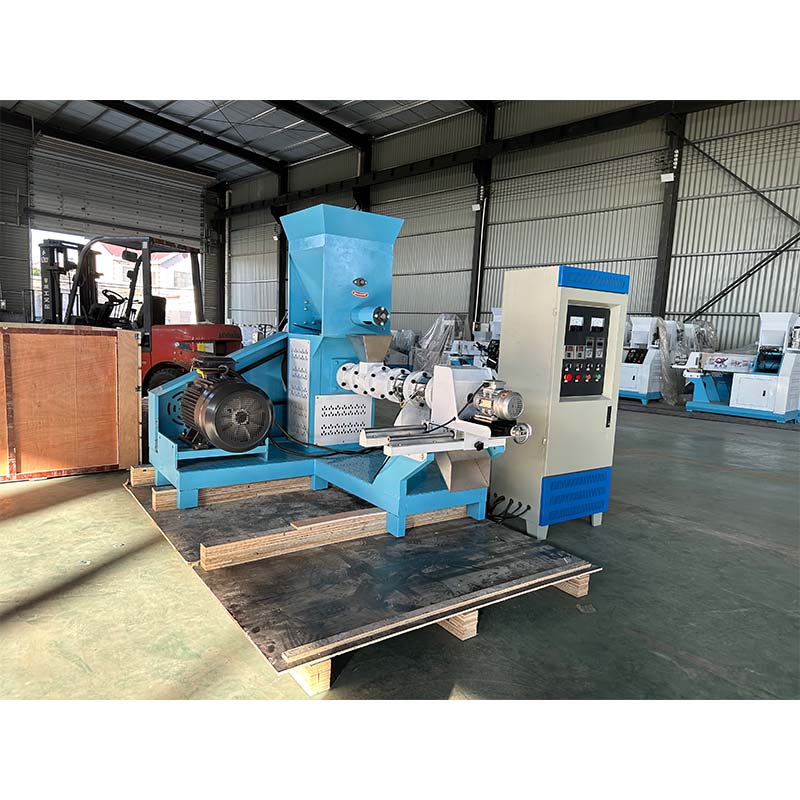Effective Use of Evaporative Cooling Pads for Enhanced Greenhouse Climate Control
Nov . 18, 2024 20:47 Back to list
Effective Use of Evaporative Cooling Pads for Enhanced Greenhouse Climate Control
The Role of Evaporative Cooling Pads in Greenhouses
Greenhouses are essential structures that allow for the cultivation of plants in controlled environments, providing optimal conditions year-round. One of the significant challenges greenhouse operators face is maintaining suitable temperatures, especially during the hot summer months. To address this issue, many greenhouses are equipped with evaporative cooling systems, which often include evaporative cooling pads. These pads play a crucial role in enhancing the comfort and productivity of plants by effectively lowering the air temperature within the greenhouse.
The Role of Evaporative Cooling Pads in Greenhouses
One of the primary advantages of using evaporative cooling pads in greenhouses is their energy efficiency. Compared to traditional air conditioning systems, evaporative cooling pads consume significantly less electricity, making them an eco-friendly option for climate control. This is particularly important in the context of sustainable agriculture, where reducing energy consumption is a priority. Additionally, since these cooling pads use water as the primary cooling medium, they help to maintain higher humidity levels which is beneficial for many plant species that thrive in humid environments.
evaporative cooling pads greenhouse

Moreover, using evaporative cooling pads can lead to improved plant health and productivity. High temperatures can stress plants, leading to reduced growth rates and lower yields. By maintaining a more consistent and cooler temperature throughout the greenhouse, evaporative cooling systems can minimize heat stress, allowing for healthier plants that are more resilient to diseases and pests. As a result, growers often experience better crop quality and higher production levels.
In terms of installation and maintenance, evaporative cooling pads are relatively easy to integrate into existing greenhouse structures. They are available in various sizes and configurations, allowing growers to customize their cooling system according to their specific needs. Maintenance is also straightforward; periodic cleaning and replacing of the pads are essential to ensure optimal performance and longevity of the cooling system.
However, while evaporative cooling pads are highly effective in many conditions, they do have some limitations. Their efficiency is significantly influenced by the ambient humidity levels; in regions with high humidity, the cooling effect diminishes. Therefore, greenhouse operators must consider their local climate conditions when deciding on the best cooling strategy.
In conclusion, evaporative cooling pads are an invaluable asset for greenhouse management, providing an energy-efficient means of maintaining optimal growing conditions. By lowering temperatures and increasing humidity, these pads promote plant health and productivity while also aligning with sustainable agricultural practices. As greenhouse technology continues to evolve, integrating efficient cooling solutions like evaporative cooling pads will be key to meeting the demands of modern agriculture and ensuring the continued success of crop production.
-
Automatic Feeding Line System-Pan Feeder Nipple Drinker|Anping County Yize Metal Products Co., Ltd.
NewsJul.29,2025
-
Hot Sale 24 & 18 Door Rabbit Cages - Premium Breeding Solutions
NewsJul.25,2025
-
Automatic Feeding Line System Pan Feeder Nipple Drinker - Anping County Yize Metal Products Co., Ltd.
NewsJul.21,2025
-
Automatic Feeding Line System Pan Feeder Nipple Drinker - Anping County Yize Metal Products Co., Ltd.
NewsJul.21,2025
-
Automatic Feeding Line System - Anping Yize | Precision & Nipple
NewsJul.21,2025
-
Automatic Feeding Line System - Anping Yize | Precision & Nipple
NewsJul.21,2025






